
ebf-default-blog-image
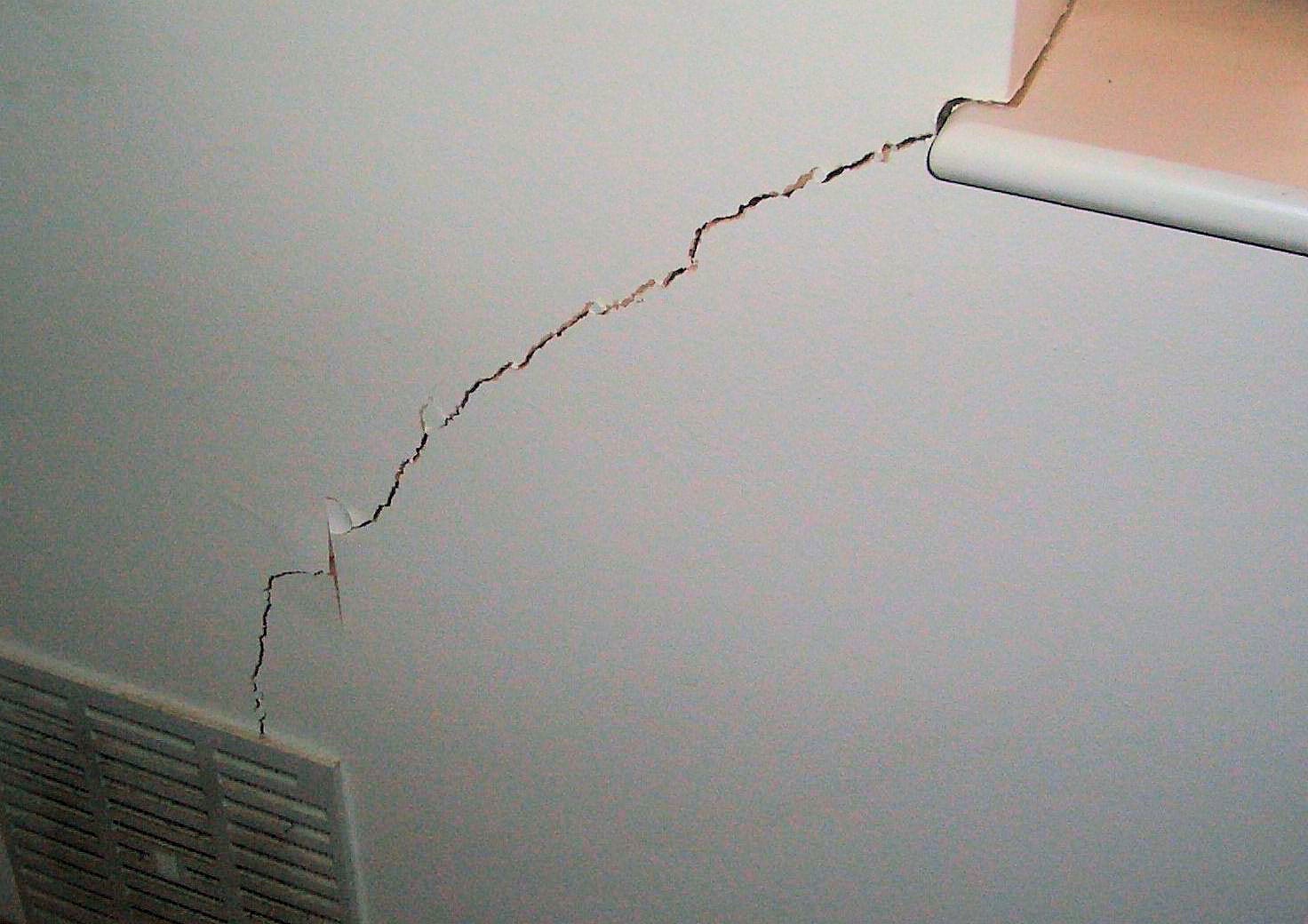
Brim
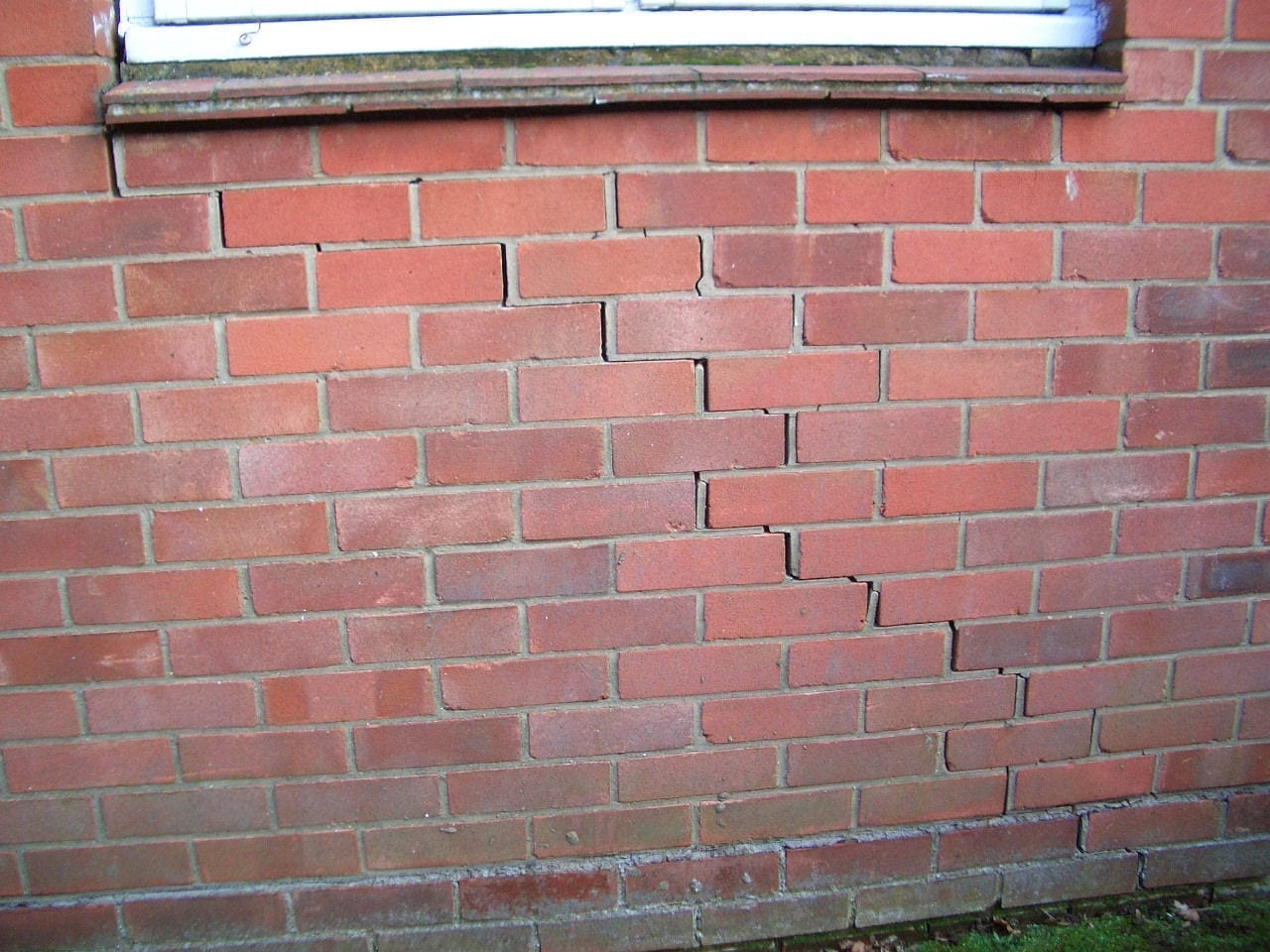
Burton

Crown
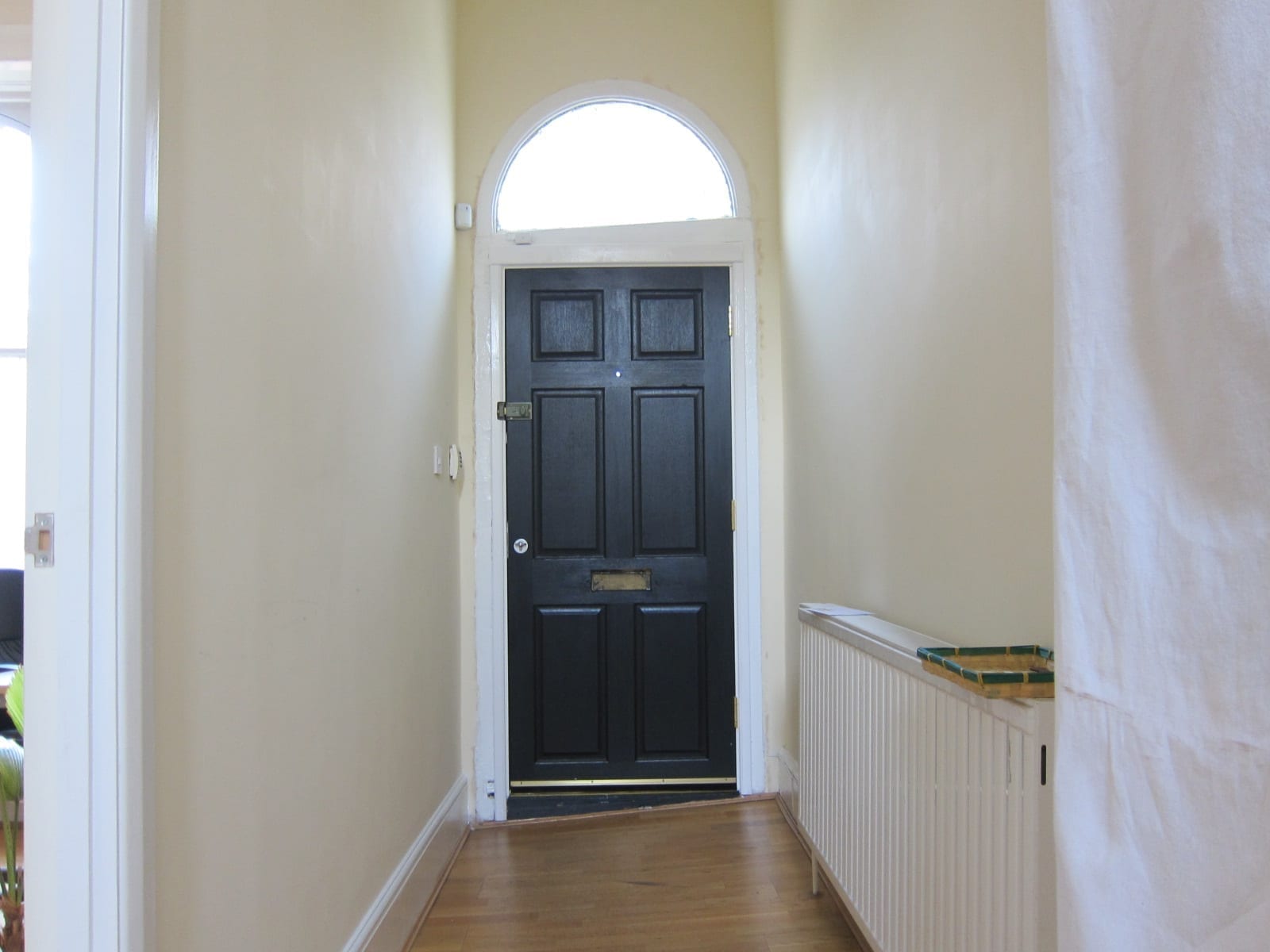
Hackney
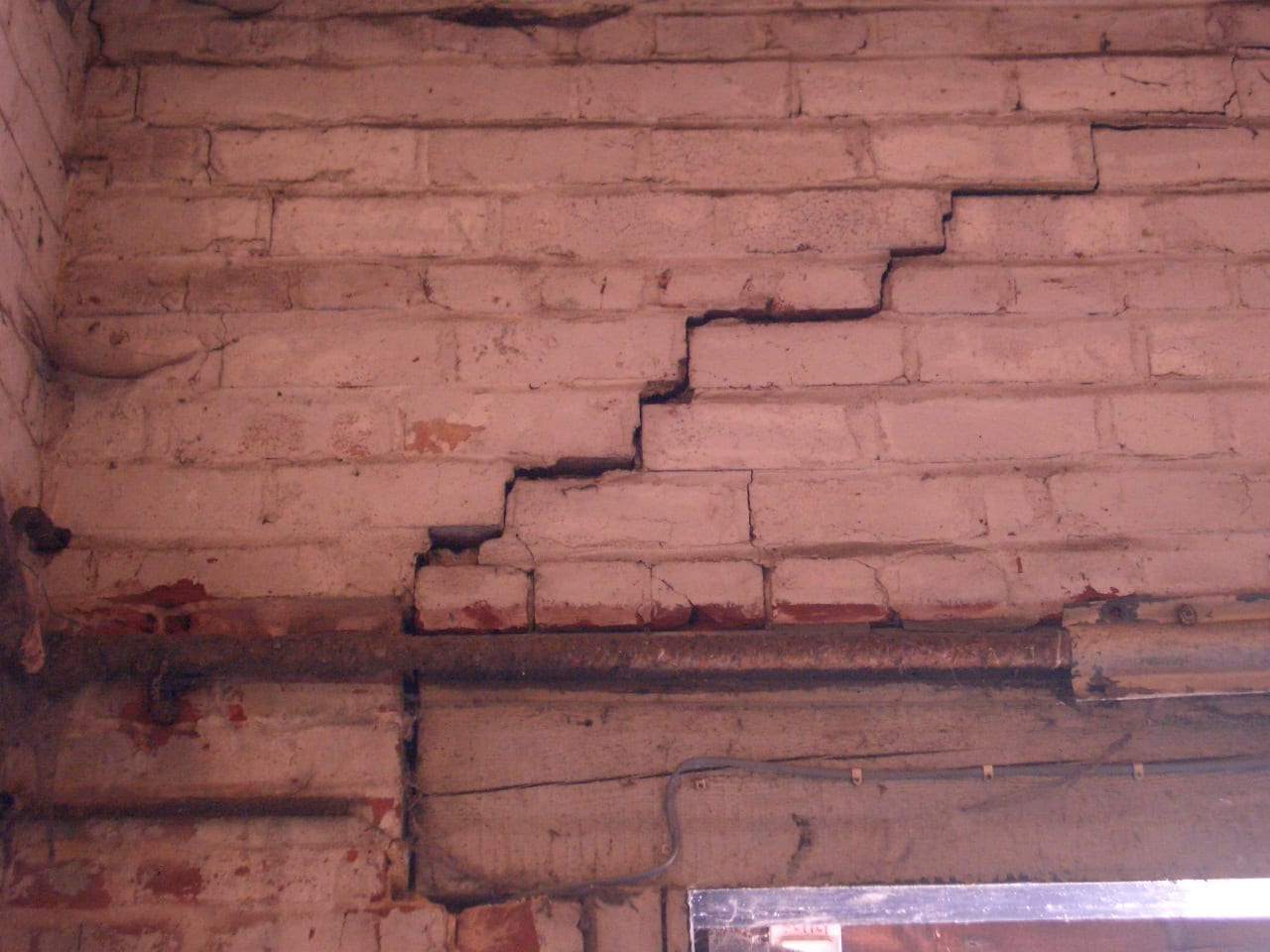
Ingatestone
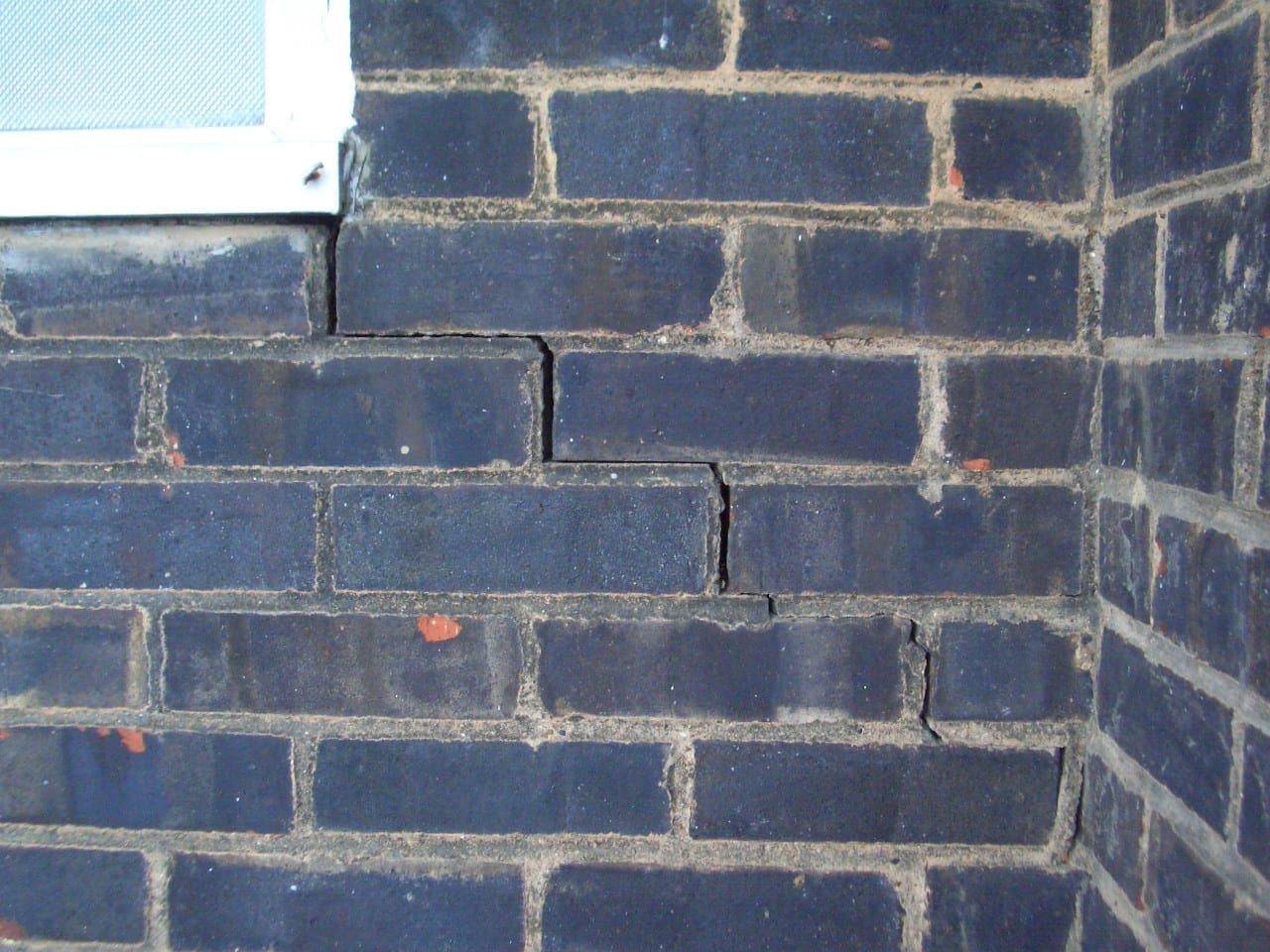
Crack in the front wall of a block of flats
This crack is in the front wall of a block of flats at first floor level. It is the result of the windows being replaced in the flat directly below at ground floor level. Normally the lintel over the window provides the necessary support for the wall above but in this case the window frame was providing the support. So when the window was removed to make way for its replacement, the brickwork above lost its support. This temporary loss of support has caused the crack damage.
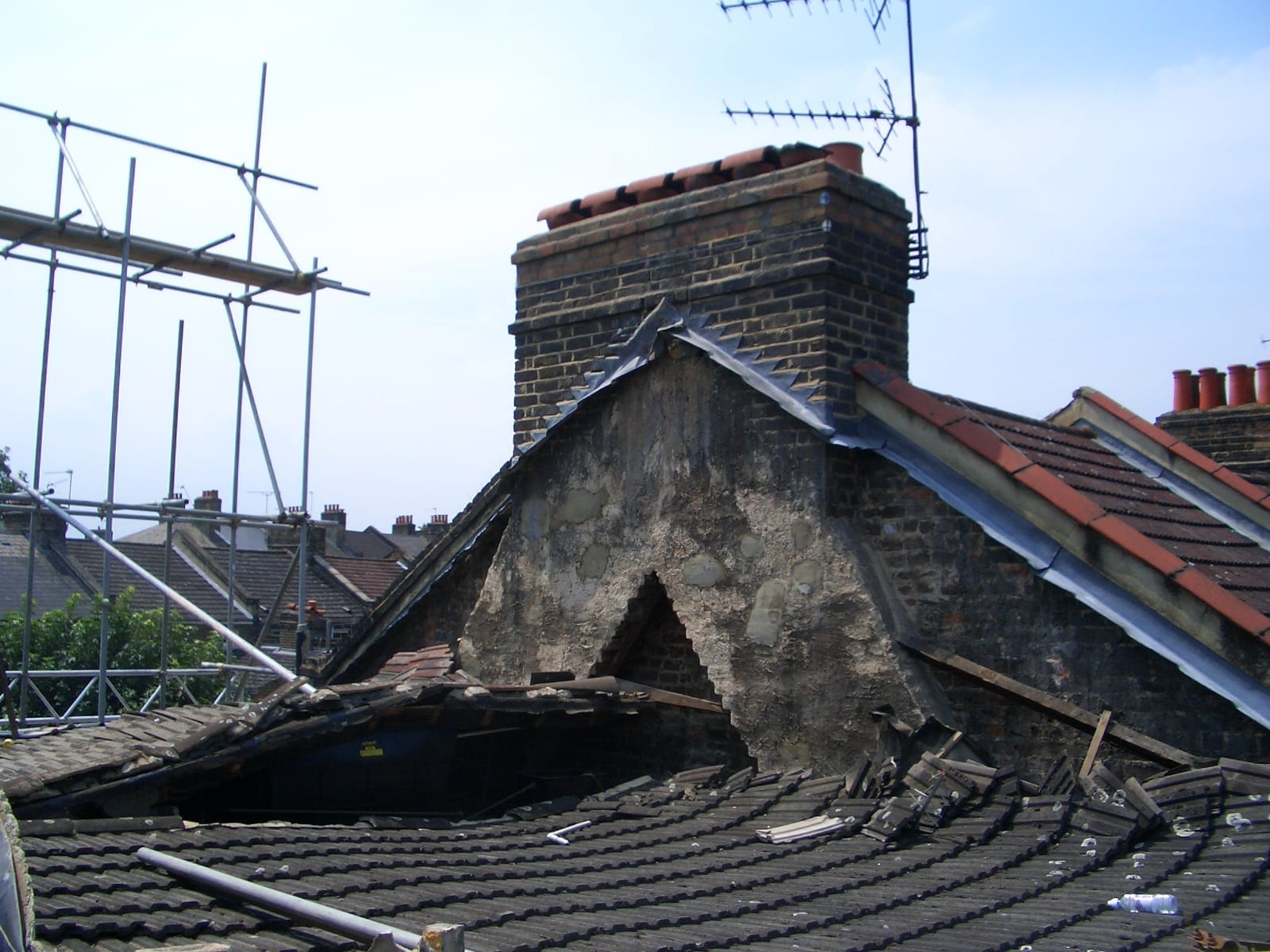
A collapsed roof
The roof on this house in north London collapsed in the middle of the night. Fortunately, no one was injured. Following investigations into the collapse, it turned out that some of the timber struts and ties within the roof space were removed by the owners a few years beforehand. This would have significantly reduced the strength of the roof. It would seem that the ridge of the roof collapsed vertically downwards thereby pushing the rafters horizontally beyond the front and rear walls. The nails holding the bottom ends of the rafters to the ceiling joists were also severely corroded so there was virtually no resistance to the roof spreading under its own weight.
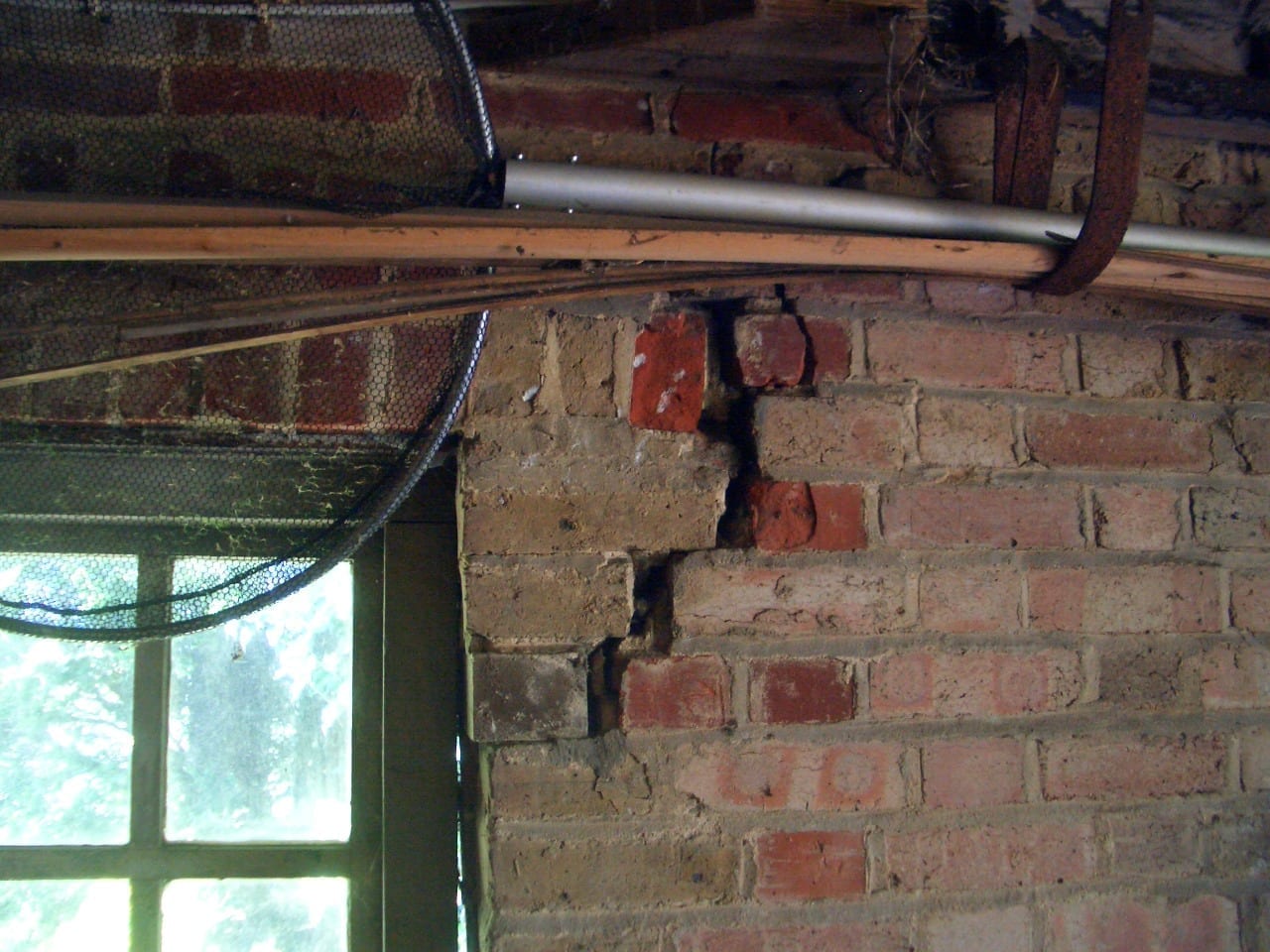
Stock
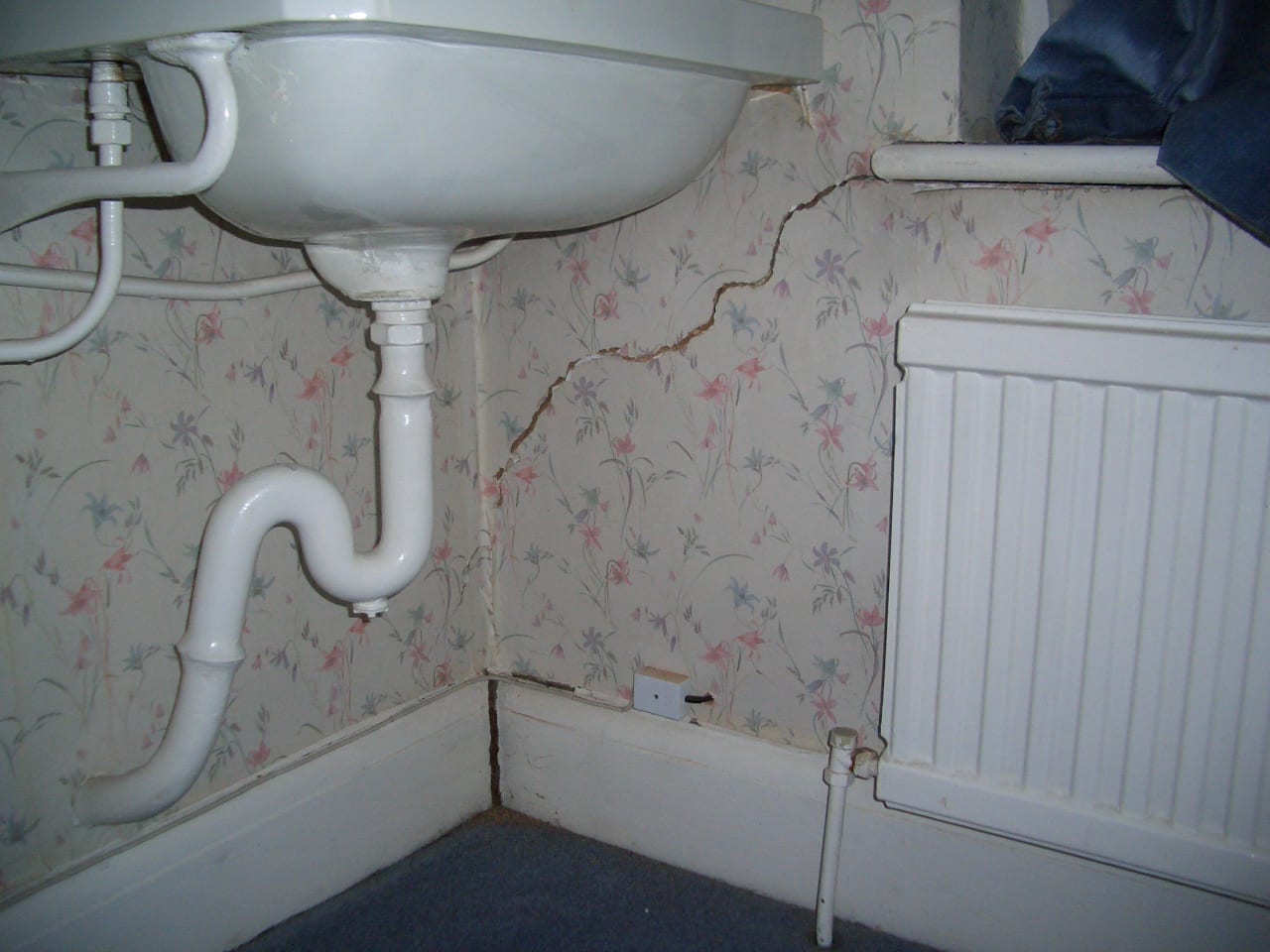
Upcroft
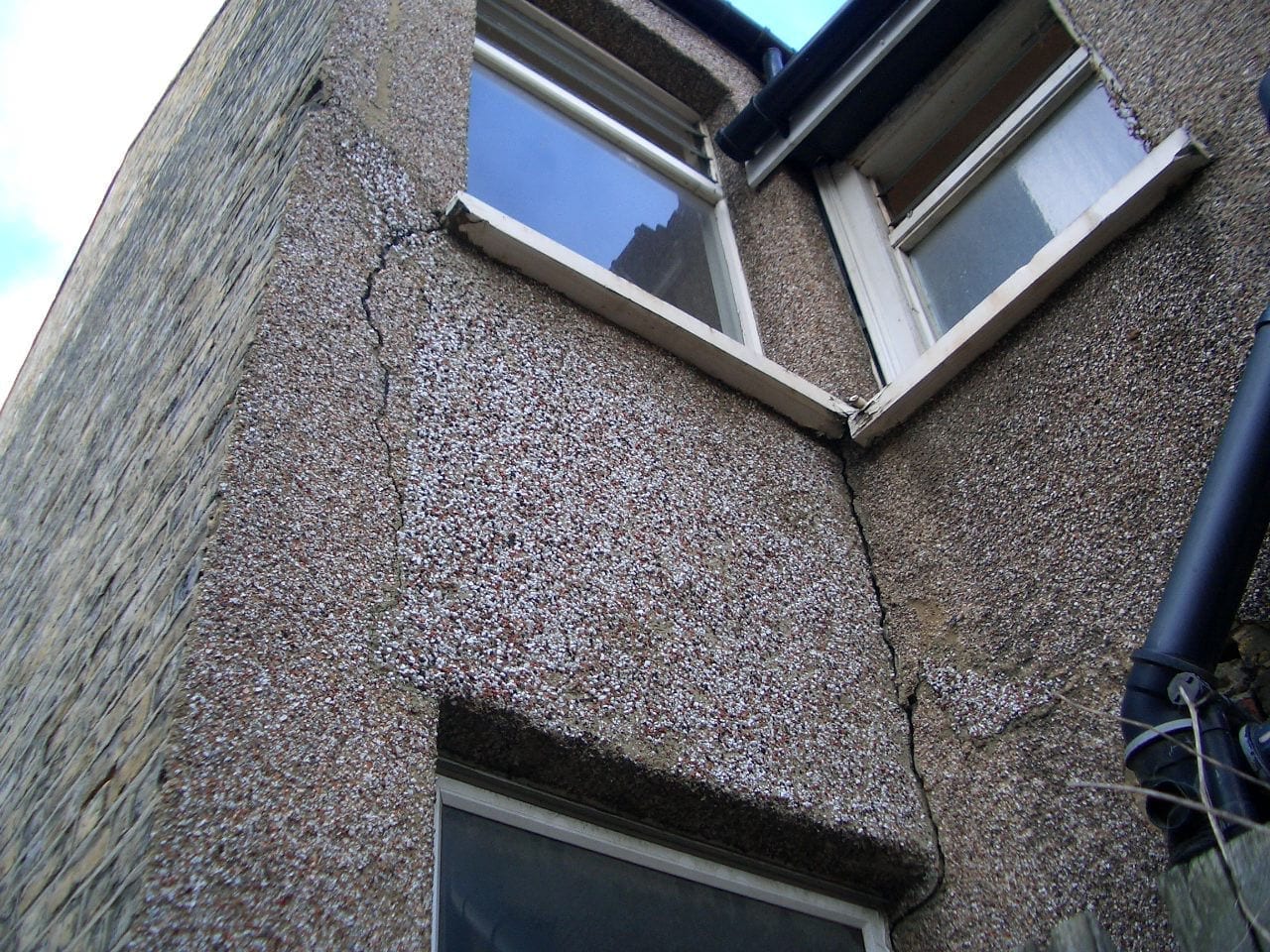
Cracks in house
The cracking and the outward bowing of the side wall in this East London house is the result of a loss of bearing capacity due to leaking drains. The drain which runs alongside the house is as old as the house i.e. some 100 years old and was found to be severely leaking. The water escaping from the pipework had slowly seeped in to the soil in and around the foundations causing the soil to soften. The absence of a firm connection between the side wall and the timber floor and ceiling joists at first floor level has lead to the outward bowing of the wall.

